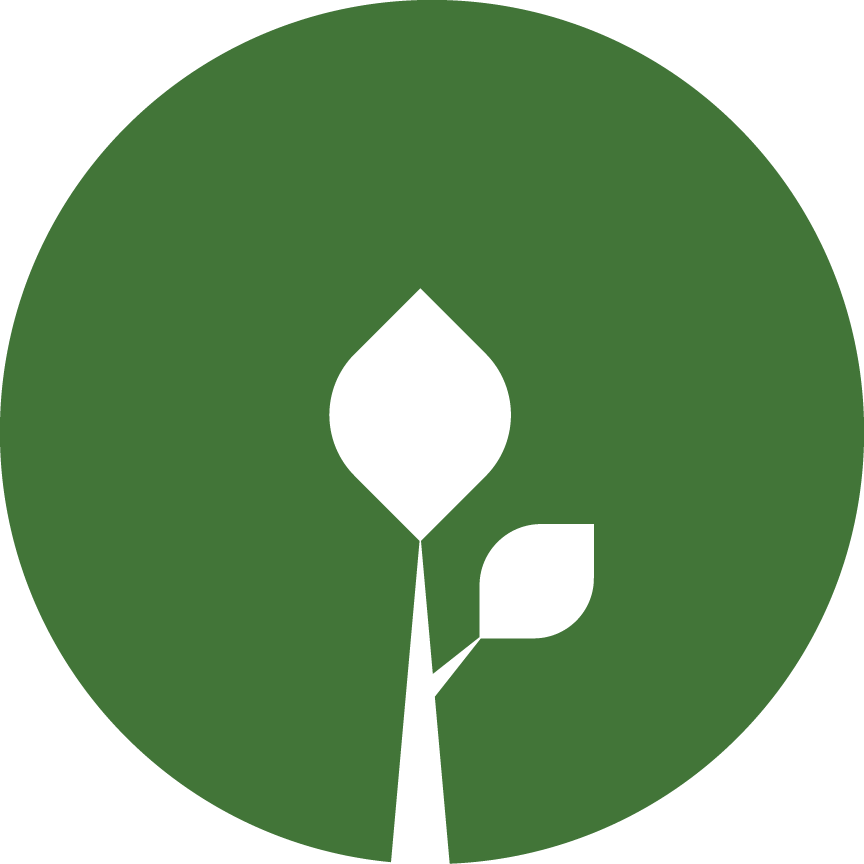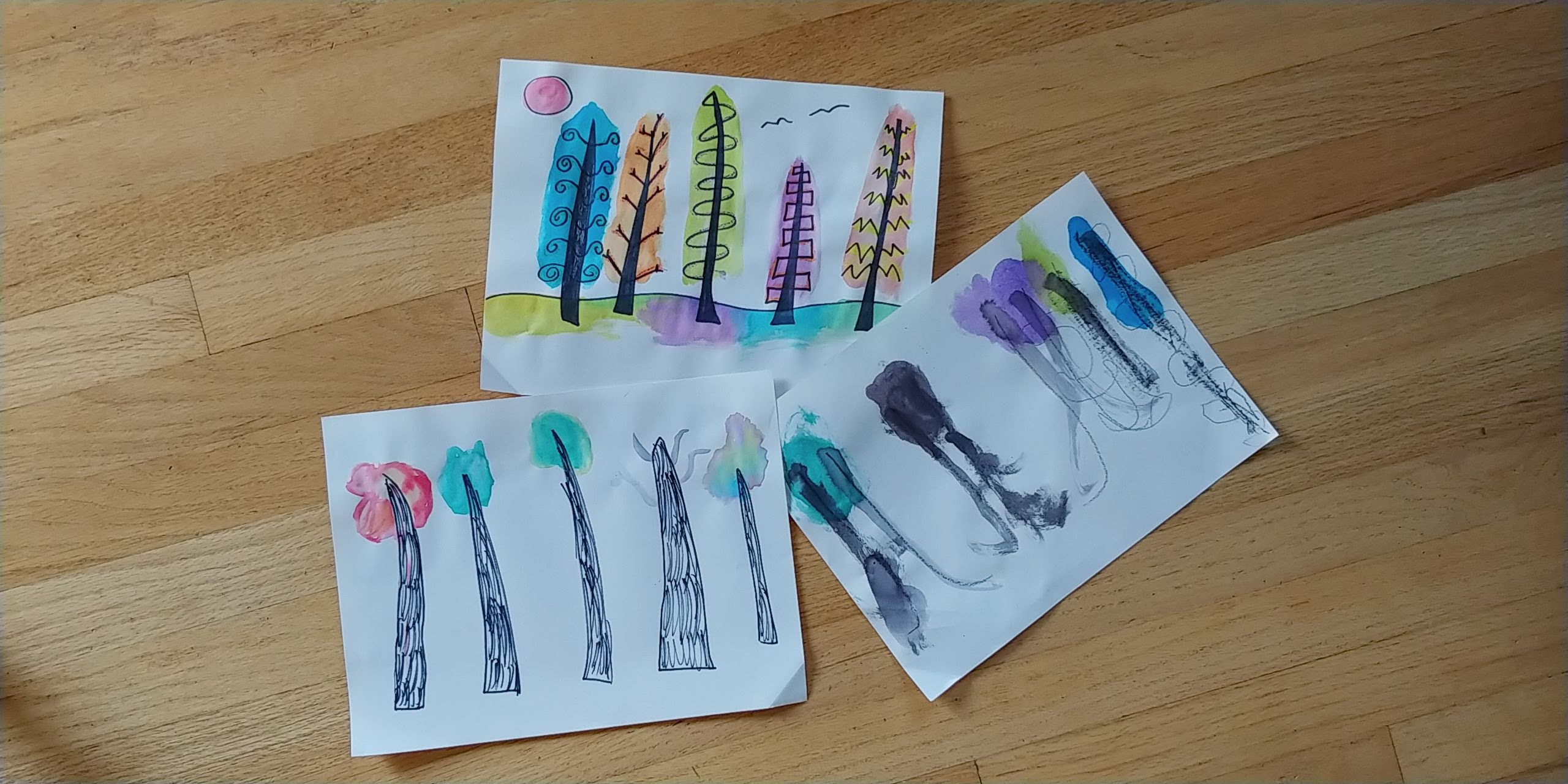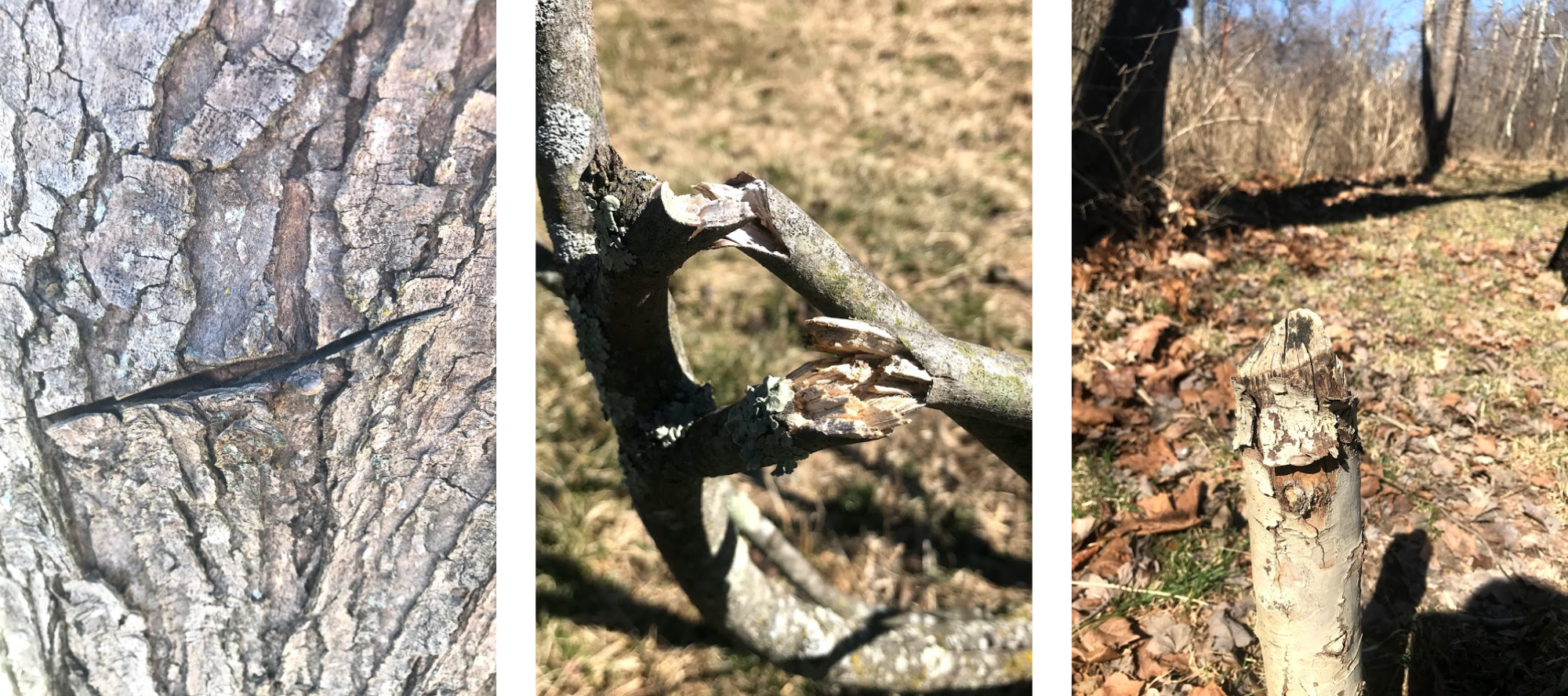Trees Family Guide - Sprouts - GLOBE Observer
Trees Family Guide - Sprouts
Choose between the Trees Science Journeys below for early childhood and lower elementary aged children (up to about age eight). The four thematic topics are: Tree Height, Trees and Carbon, Impacts on Trees, and Trees as Habitats. Especially for the youngest learners, the videos or articles in the "Learn" section are more for background information for parents, caregivers and facilitators, rather than direct use by children. In most cases, the "Observe" activities will also need to be guided by an adult, rather than being done independently by the child.
Tree Height
Ask: How tall are trees near me?
There are a number of different ways to measure trees, each of which require different tools and techniques, and may be easier or harder to use. You can use these techniques to find out how tall the trees near you are, and think about if they are taller or shorter than trees in other places.
Learn: Learn how citizen scientists measure trees.
Observe: Use the GLOBE Observer app to measure trees near you.
Create: Create a drawing of the trees in your neighborhood.
Grab a piece or paper or your favorite notebook and draw a picture of the trees in your yard or nearby. Color the trees the color you see them. If you took a GLOBE Observer tree height observation, label those trees with the height you observed. Feel free to take as many tree heights as you like and be sure to label all those trees with their heights.
Impacts on Trees
Ask: What do trees need to live?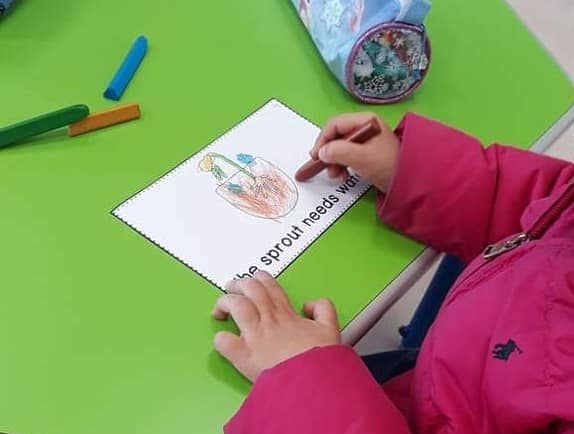
Create a list by yourself or as a family about all the things that trees need to live and grow. How are those similar or different to what humans need? Here's a little hint - water is one of the important ones.
Right: A student at Xewkija Primary School in Gozo, Malta 

Learn: Learn about what trees and plants need to grow.
The Elementary GLOBE storybook "All About Earth: Our World on a Stage" follows the GLOBE Kids as they prepare to perform a play about the parts of the Earth system. However, the kids argue about which part is most important and should have the lead role in the play. Activities help students experiment with what plants need in terms of water, sunlight, and soil, explain how the Earth’s processes and components are interconnected, and demonstrate their knowledge of how water, air, soil, and living things interact in the Earth system.
Observe: Observe the health of trees.
Use the Tree Health Check-Up activity to be a tree doctor and examine a tree near you for signs of its healthiness. Especially for younger kids, this will need to be guided by parents or caregivers using the linked activity sheet. You may also find the version with a facilitor's guide and additional examples helpful.
Create: Create a picture of a healthy tree.
Using the results of your Tree Health Check-Up, create a picture of what a healthy tree looks like. This could be a drawing, painting, or even just a description in words.
Trees and Carbon
Ask: How do trees get so big?
Trees need materials from the Earth in order to grow big and tall. What do you think they need, and where do they get those materials from?
Learn: Learn how trees grow
More about this video from the U.S. Forest Service Pacific Northwest Research Station. 
Additional background reading about carbon in the environment can be found on NASA's ClimateKids page.
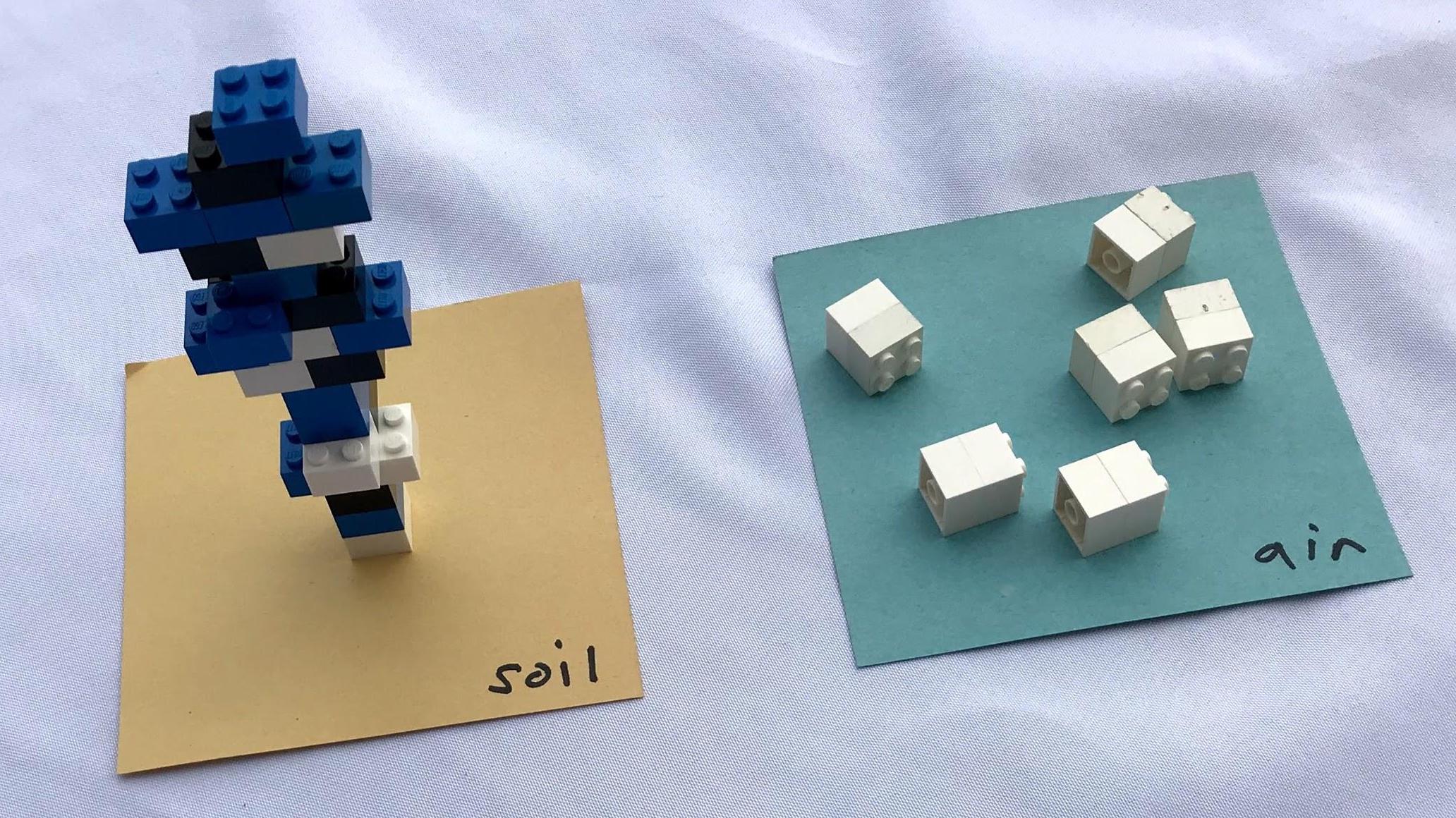
Observe: Observe how trees use materials from the Earth to grow.
Learn about the materials trees need to grow with the Building Blocks: A Demonstration of How Trees Grow activity.
Create: Create a collage or sculpture of trees.
Now that you know that trees use materials from the air and soil to grow. Even though these materials are tiny, trees use a lot of them to grow to great heights. Use small materials to create your own big trees. Find similarly sized materials, like cut-up paper, pasta, beads, etc. and create a collage showing how trees use little materials to grow big.
Trees as Habitats
Ask: What kinds of animals call trees home?
All animals need some kind of shelter to survive. Trees can provide shelter and food for a variety of animals. For example, birds may build nests on branches or in holes of trees, beavers use branches to build their lodges, and many insects eat leaves or fruits.
Learn: Learn how animals use trees to survive.
A few ideas for resources to learn more about animals and trees:
- A list of children's books about trees

- Find a local field guide at the library, or check a local department of natural resources website for information about trees and animals specific to your area.
- Specifically for birds, find species in your area using range maps from the Cornell Lab of Ornithology eBird Science team

Observe: Observe trees and animals near you.
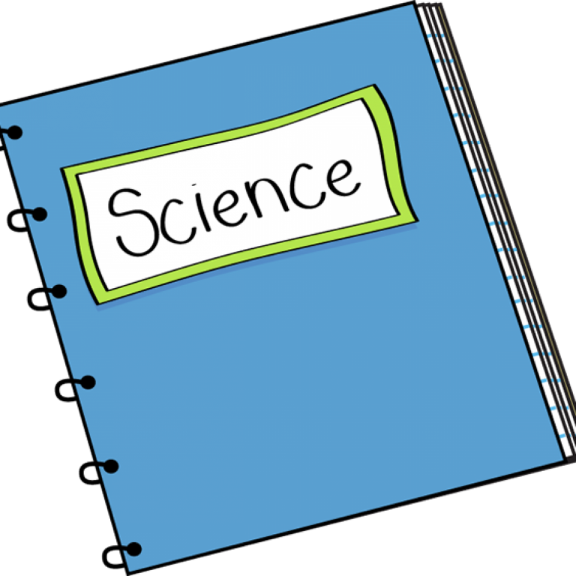
Create: Create a drawing of animals that live in trees.
Use your observations from around your neighborhood to make a drawing or other representation of the animals and trees nearby. For a bonus, learn about the trees and animals that live in a different type of environment than yours, and make a comparison drawing. For example, if you live in a or place with lots of deciduous trees (trees that lose their leaves in the winter), learn about and draw trees and animals in an evergreen forest, or a tropical rainforest.
Additional Resources
- Trees Resource Page
- GLOBE Observer at Home
- Family Science with GLOBE Observer
- Stay connected with GLOBE on Facebook












